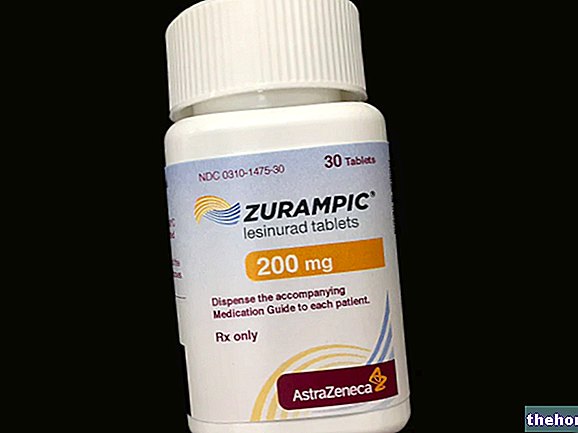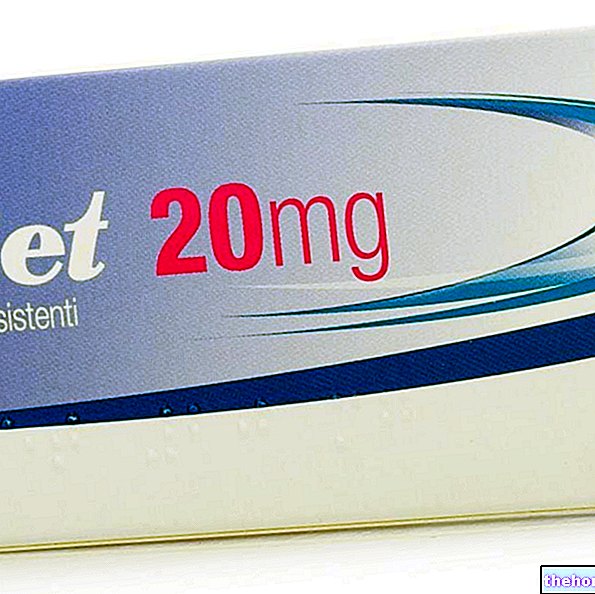Through the rectal route it is possible to administer those drugs potentially capable of producing irritation of the gastric mucosa;
Routes of Administration
- ENTERAL
- Oral
- Sublingual
- Rectal
- PARENTERALS
- Intravenous
- Intramuscular
- Subcutaneous
- INHALATION
- TRANSCUTANEOUS
in this way, in fact, the passage of the drug into the stomach is avoided. The rectal route of administration is also used in those patients who have undergone gastrointestinal interventions, in patients with protracted vomiting and in uncooperative patients. However, the rectal route also has some disadvantages which are:
- moderate absorption area;
- non-constant absorption, because depending on where the active ingredient arrives it can be absorbed at the level of the lower, middle or upper hemorrhoidal plexuses, with consequent passage or not to the level of the liver;
- possible expulsion of the pharmaceutical form.
Absorption of drugs through the rectum
- It follows the general laws of the passage of drugs through membranes
- It is generally quantitatively lower than that of orally administered drugs
- It varies greatly from drug to drug
- It is very influenced by the filling state of the rectal ampoule
- It is generally slow
- Drugs administered rectally can (but only partially) avoid the hepatic filter (the middle and lower hemorrhoidal veins are tributary to the internal iliac), therefore the first pass effect
- Several drugs can cause irritation of the rectal mucosa.
The rectal route is an "alternative to the oral route when the latter" is inadvisable for
- Presence of vomiting
- Unconscious patient
- Drug degradability in digestive fluids or food interference with absorption
- Diseases that modify gastrointestinal absorption
- Relevant first pass effect
- Unpleasant taste
Other articles on "Rectal route of administration"
- Sublingual route of administration
- Parenteral routes of administration




























